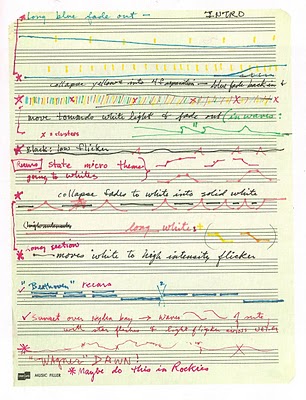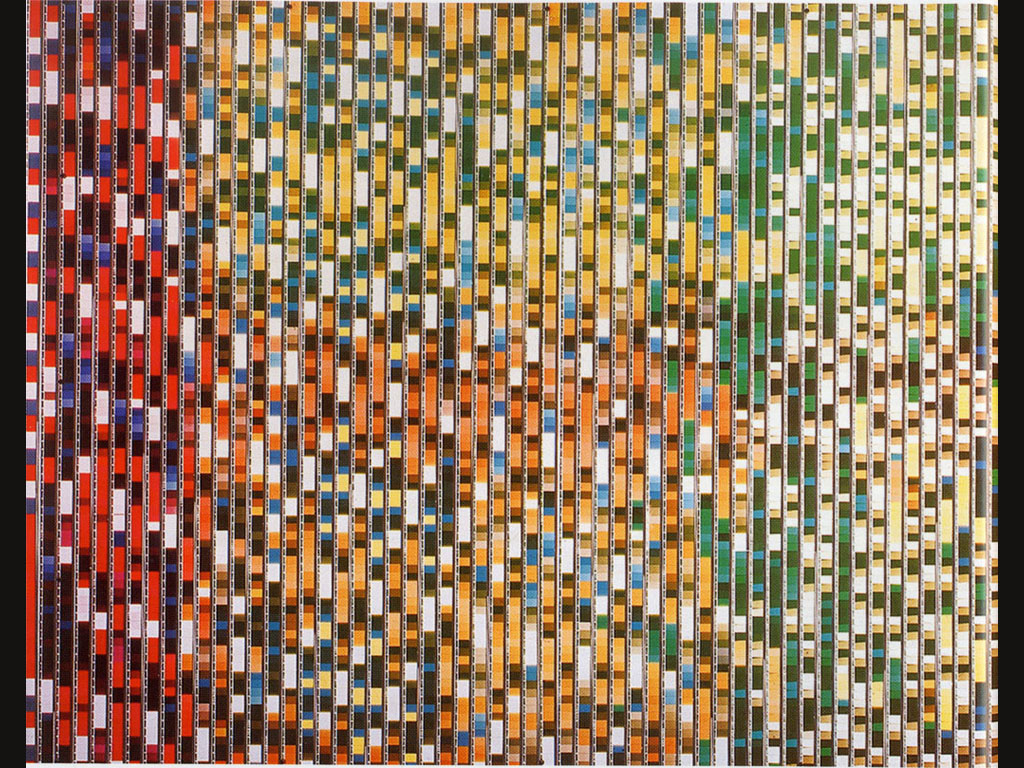Paul Sharits
15 de março de 2013 – 20 de abril de 2013
Paul Jeffrey Sharits (February 7, 1943, Denver, Colorado—July 8, 1993, Buffalo, New York) was a visual artist, best known for his work in experimental, or avant-garde filmmaking, particularly what became known as the structural film movement, along with other artists such as Tony Conrad, Hollis Frampton, and Michael Snow.
Paul Sharits’ film work primarily focused on installations incorporating endless film loops, multiple projectors, and experimental soundtracks (prominently used in his film Shutter Interface, produced in 1975) recently shown at Greene Naftali Gallery in New York City (Feb 18—Apr 11, 2009).[citation needed]
Sharits was born in Denver, Colorado, Colorado, and earned a B.F.A. in painting at the University of Denver’s School of Art where he was a protégé of Stan Brakhage. He also attended Indiana University in Bloomington, Indiana where he received an M.F.A. in Visual Design. In July 1960, he married Frances Trujillo Niekerk, and in 1965 they had a son, Christopher. They divorced in 1970.
He was subsequently a teacher at the Maryland Institute College of Art, Antioch College, and SUNY Buffalo (where he was hired by Gerald O’Grady along with Tony Conrad and Hollis Frampton).
Sharits’ works of the 1960′s, when he received the widest acclaim, included influential “flicker” films such as Ray Gun Virus, Piece Mandala/End War, N:O:T:H:I:N:G, T,O,U,C,H,I,N,G (featuring poet David Franks), and S:TREAM:S:S:ECTION:S:ECTION:S:S:ECTIONED. His works of the 70s were among the forerunners of contemporary installation art. Themes of violence permeate his work. His work is distributed by The Film-Makers’ Cooperative and Canyon Cinema.
Son Christopher Sharits suggests on the memorial website that Sharits suffered from bipolar disorder.[1]




